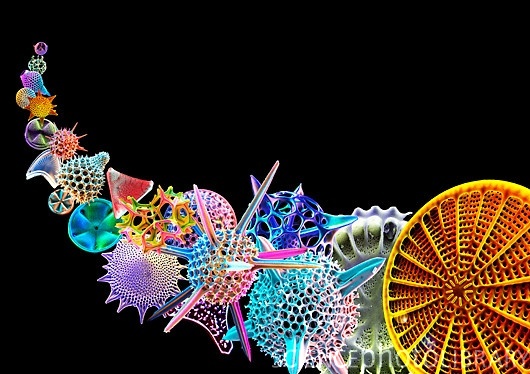Question
I have a customer asking me to saw 2" ash from his logs for flooring in a post and beam barn (1200 sq ft upstairs and 1200 sq ft downstairs) he is intending to build on his property. He's using ash because that's what he's got. I am wondering how susceptible it will be to powder post beetles and whether anyone would advise against using ash for this purpose. It doesn't seem like kiln drying the lumber would be of any long term benefit for this use. Are powder post beetles indigenous everywhere or do some lucky persons escape them because of locale? (This is in CT where there are plenty of them.)
Forum Responses
(Sawing and Drying Forum)
From Professor Gene Wengert, forum technical advisor:
I share your concerns. I would also make sure that you tell your customer and have him sign a letter with those concerns so that you are protected in the future.
Boracare is a glycol based borate. Glycols dry slowly so it can be used after construction, but best penetration, cheaper and with fewer chemicals is straight borate on green lumber.
Borates diffuse out of wood the same way they diffuse in - the cell has to be above FSP for it to mobilize. Casual wetting will not remove it in any significant quantity. A water repellant finish will prevent the wood surface from reaching fiber saturation point. I'm curious - can starch be removed or reduced from the cells in any economical way? Will ponding do it?
I took the picture below to show ram's horns, but the red maple is eaten up with PPBs.

I repeat that lyctid PPBs do not infect softwoods, and that includes pine stickers. However, various anobiid beetles do.
Just to clarify, we do not use "straight" borate on wood to get preservative protection. Bora-Care contains 40% disodium octaborate tetrahydrate (not just "straight" borate) and 40% propylene glycol (not just glycol). Also, note that borate based preservatives are intended primarily to control termites, ants and roaches.
Timbor is a dry product that can be mixed with water to create a liquid borate wood spray or can be used in its original, dry form to dust wall voids and attics. When mixing for wood beetle or termite spray, use one pound of Timbor per gallon of water. This gallon of mixed borate solution will cover 200 square feet of wood. It is listed as controlling powderpost beetles. There is no glycol product in it.
Sorry for the confusion - borate is a generic term for compounds containing boron and oxygen. All of the above products as well as Timbor and Solubor contain DOT, disodium octaborate tetrahydrate. By "straight" I meant Solubor or Timbor (DOT) mixed with water only for use on green lumber. Either of these can be mixed with any of the above glycols and used on dry wood. You can use the "straight" mix on dry wood but it doesn't penetrate as deeply.
The people at US Borax will send an info packet on borate preservatives and related research such as leaching tests, etc. You can also find articles on borate in the National Park Service Preservation Tech Notes.
DOT works on all PPBs, all wood consuming insects that I know of, decay fungi, and at high loadings it is also a fire retardant. It has low mammalian toxicity. Paint would also work as a barrier to egg laying.
